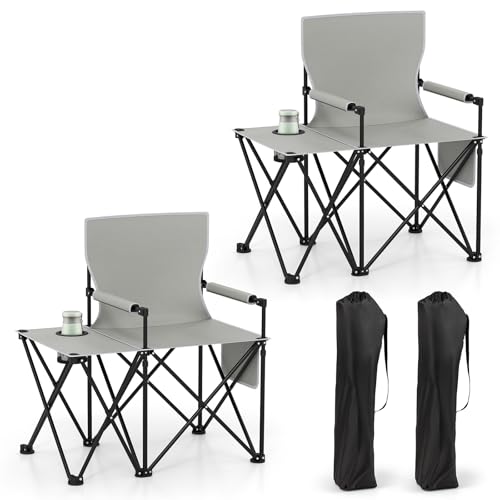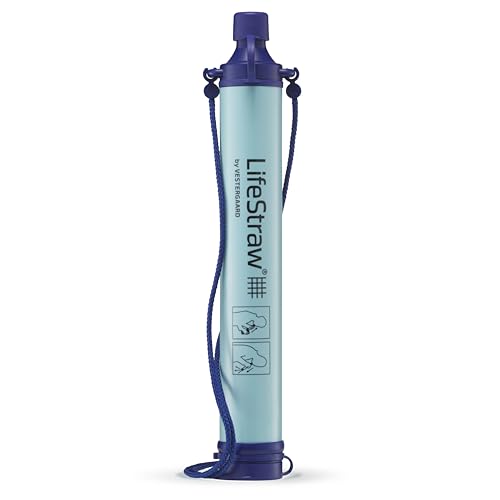Camping in the mountains offers breathtaking views and a sense of adventure, but it can also come with unexpected challenges. One of those challenges is altitude sickness, a condition that can dampen even the most thrilling outdoor experience. I’ve been there myself—feeling lightheaded and fatigued when the elevation starts to climb. It’s not fun, but knowing how to handle it can make all the difference.
In this article, I’ll share some practical tips and tricks to help you manage altitude sickness while camping. Whether you’re a seasoned hiker or a first-time camper, understanding the symptoms and knowing how to respond can keep your trip enjoyable and safe. Let’s dive into how to make the most of your high-altitude adventures without letting sickness hold you back.
Understanding Altitude Sickness
Altitude sickness, also known as acute mountain sickness (AMS), occurs when I ascend to higher elevations too quickly. It arises because the body struggles to adapt to lower oxygen levels. Recognizing its signs and symptoms is crucial for enjoying a safe mountain experience.
What Is Altitude Sickness?
Altitude sickness develops when I stay at elevations typically above 8,000 feet (2,400 meters). At these altitudes, reduced atmospheric pressure affects how my body absorbs oxygen. The condition can happen to anyone, regardless of fitness levels, especially if I ascend rapidly. If I don’t give my body time to acclimatize, the risk increases significantly.
Symptoms to Watch For
I keep an eye out for several symptoms of altitude sickness, including:
- Headaches: A common indicator that I may be ascending too quickly.
- Nausea: This can occur along with vomiting, making the experience uncomfortable.
- Dizziness: Feeling lightheaded alerts me to the need for caution.
- Fatigue: Unusual tiredness can signal that my body is struggling to adapt.
- Insomnia: Difficulty sleeping at high altitudes often points to altitude sickness.
- Shortness of Breath: This symptom can become prominent during any physical exertion.
Recognizing and responding to these signs can ensure my camping trip maintains a sense of adventure without serious health concerns.
Prevention Strategies
Altitude sickness can impact anyone camping at higher elevations, but a few strategies can help minimize risks. Focusing on acclimatization and staying hydrated proves essential for a safe experience.
Acclimatization Tips
Acclimatization is vital for adjusting to high altitudes. When possible, I slowly ascend, allowing my body time to adapt. Spending a day or two at moderate altitudes—around 7,000 to 8,000 feet—helps ease the transition before reaching higher camps. I also take short hikes during the day to promote acclimatization without pushing my limits. Recognizing the signs of altitude sickness early allows me to adjust plans if necessary. If I experience symptoms after reaching a new elevation, returning to a lower altitude often works wonders in alleviating discomfort.
Hydration Importance
Staying properly hydrated plays a crucial role in preventing altitude sickness. I make it a point to drink plenty of water, especially as dehydration often follows the increased respiratory rate at higher altitudes. Aiming for at least 3 to 4 liters of water daily keeps my hydration levels up. I also watch for signs of dehydration, such as dark urine or excessive thirst. Incorporating electrolyte-rich drinks can further assist in maintaining fluid balance and overall well-being.
Treatment Options
When altitude sickness hits, taking swift action can make all the difference. It’s essential to address symptoms right away and know when to get professional help.
Immediate Actions
I always recommend descending to a lower elevation if I or a fellow camper experiences symptoms of altitude sickness. This step often provides quick relief. Hydration also plays a crucial role; I drink plenty of water and consider electrolyte tabs to maintain balance. Resting is vital, too—finding a quiet spot to relax helps my body recover. Eating light, easily digestible snacks like crackers or bananas can also ease nausea and restore energy.
When to Seek Medical Help
If symptoms persist or worsen despite these immediate measures, seeking medical help becomes necessary. Headaches that don’t respond to over-the-counter pain relief, severe confusion, or inability to walk indicate a serious situation. At this point, I don’t hesitate to contact a medical professional or begin a descent to a safer elevation. Always prioritize safety and be sure to listen to my body.
Camping Strategies
Camping in high-altitude regions requires careful planning and preparation. The right strategies help prevent altitude sickness and ensure a fun experience in the great outdoors.
Choosing the Right Campsite
Choosing a suitable campsite is crucial for preventing altitude sickness. I look for locations below 8,000 feet (2,400 meters) whenever possible. Picking spots away from crowded areas reduces stress and helps maintain a calm atmosphere. I also consider having water sources nearby for easy hydration. Finally, I aim for campsites with varying terrain, offering chances for gentle hikes and acclimatization.
Gear and Supplies to Consider
Packing the right gear and supplies simplifies managing altitude sickness. I always bring a portable water filter or purification tablets to ensure I stay hydrated throughout my trip. I include lightweight, high-calorie snacks, like nuts and energy bars, to combat fatigue and nausea. A quality first aid kit is essential, complete with medications like ibuprofen or acetazolamide, which can alleviate symptoms. Additionally, I carry a reliable altitude meter or GPS device for tracking elevation change. With these supplies, I’m better equipped to tackle any elevation-related challenges during my adventures.
Conclusion
Dealing with altitude sickness doesn’t have to put a damper on your camping adventures. By being aware of the symptoms and taking proactive steps to prevent it, you can enjoy the beauty of the mountains without worry. I’ve found that a little preparation goes a long way in ensuring a safe and fun experience.
Remember to take your time as you ascend and listen to your body. Hydration is key so don’t forget to drink plenty of water. If you ever feel unwell, don’t hesitate to adjust your plans. The mountains will always be there waiting for you. Happy camping and stay safe out there!











